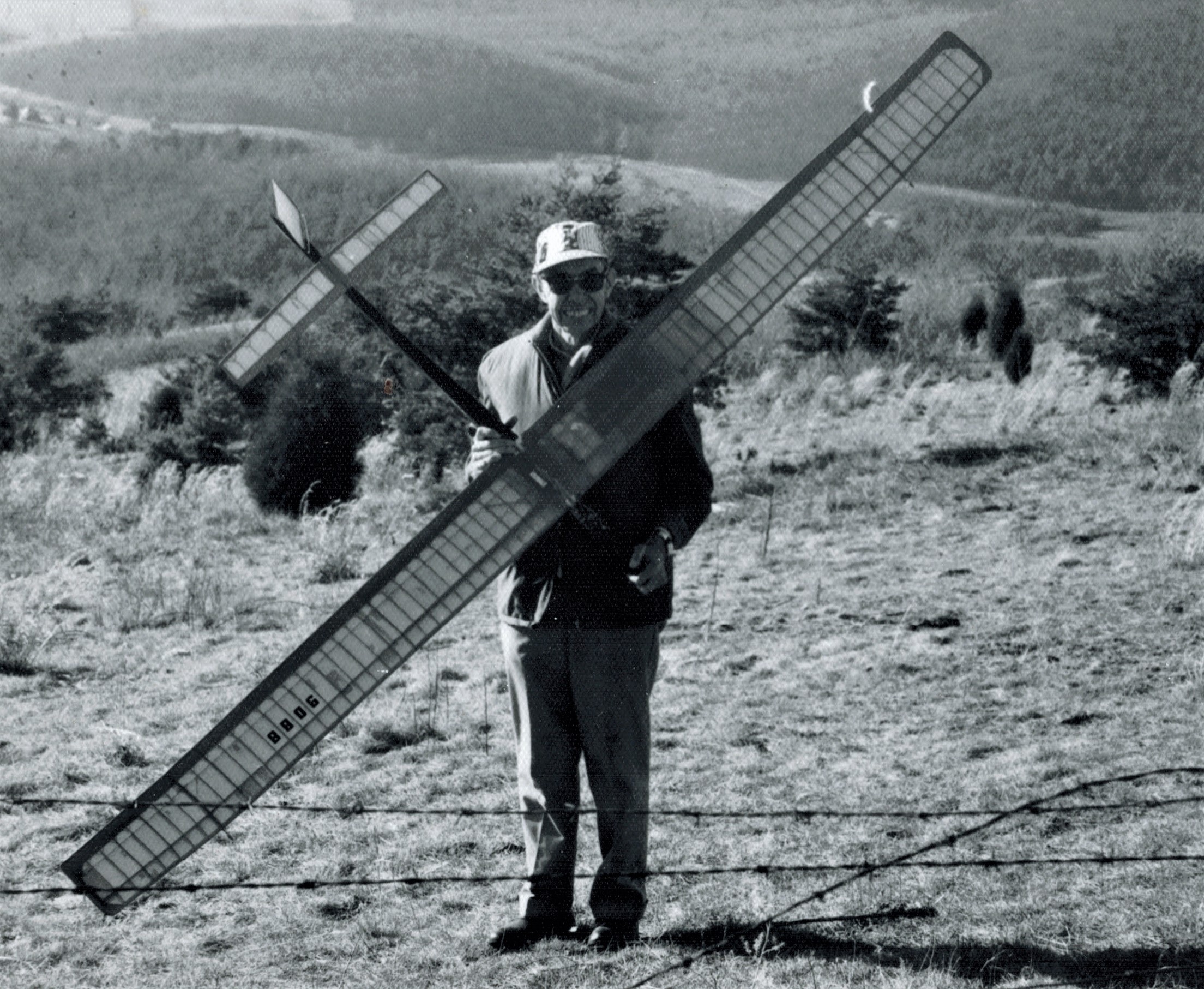
Foil: 11 Panel: 2 Column: 4 Line: 30
Wall of Honor Level: Air and Space Friend
Honored by:
Ms. Mary Boldt
William Hewitt Phillips
May 18, 1918 – June 27, 2009
W. Hewitt Phillips was a major contributor to advances in the aeronautical and space programs of the National Advisory Committee for Aeronautics (NACA) which became the National Aeronautics and Space Administration (NASA) after the launch of Explorer 1, the US’s first Earth Satellite, in 1958. He began his career at NACA, Langley Field, in July 1940 at the start of World War II, working to evaluate planes for the US military, then went on to become an important figure in finding solutions to critical issues in flight dynamics and the guidance and control of aircraft. As NASA’s focus shifted to space, he became involved in the manned space program. He officially retired from NASA in 1979 but continued with his scientific interests as a Langley Distinguished Research Associate, exploring concepts for airfoils, propellers, solar-powered aircraft and even consulted on the Space Shutte program. During his remarkable 58-year career, he led highly successful research efforts on vehicles ranging from propeller-drive airplanes of WWII to manned space vehicles of today.
Phillips was born in Port Sunlight, England, and came to the United States with his parents at the age of 2, settling in Belmont, MA. He developed an intense interest in model aviation as a child, after the flight of Charles Lindbergh, and became involved with model airplane clubs sponsored by Boston’s Jordan-Marsh Department Store. His interest in model plane activities remained a feature throughout his personal life and career. He studied aeronautical engineering at MIT where he obtained his S.B. degree in 1939 and his S.M. degree in 1940.
On joining NACA in July 1940, he was assigned to the Flight Research Division which focused on improving the flying qualities of many World War II military airplanes. The environment at Langley was extremely hectic, with critical wartime projects and high-priority prototype aircraft coming to the lab.
After the war, he was involved in research on the development of jet-powered fighter airplanes, supersonic airplanes, automatic control, gust alleviation, and aeroelastic effects. When NASA’s focus turned to the manned space program, Phillips supervised research on space rendezvous, navigation, and lunar landing. He was responsible for the design and construction of the Lunar Landing Research Facility, which towers 200 feet over Langley Research Center in Hampton, Virginia, and is now a National Historic Landmark. The facility, which allowed astronauts to practice landing on the moon, used a unique suspension system which simulated the one-sixth lunar gravity. He later provided analysis and consultation during the development and operations of the Space Shuttle.
Phillips received numerous awards during his career, including the Institute for Aeronautical Sciences’ Lawrence Sperry Award of 1944, the NASA Distinguished Service Medal, and the President’s Award for Distinguished Federal Civilian Service in 1979. He continued work as a “Distinguished Research Associate” after his retirement in 1979, going to work every day to an office NASA provided for him until about 2001 when he brought his “office” home and donated several boxes of his papers to the “American Aerospace Exploration Archives” at VA Tech. One project he completed was his autobiography “Journey in Aeronautical Research: A Career at NASA Langley Research Center” which is on-line at http://history.nasa.gov/monograph12/monograph12.htm and a catalogue of his papers at VA Tech is at http://spec.lib.vt.edu/aerosp/aeroseng.htm .
For the hundredth anniversary of NACA in 2015, The Langley Research Center, NACA and NASA inducted 19 exceptional figures from its past into the inaugural class of its “Hall of Honor” including W. Hewitt Phillips and 18 of his colleagues. Only two honorees were still alive, but NASA held a wonderful ceremony for families and descendants of the honorees.
https://www.nasa.gov/centers-and-facilities/langley/naca-and-nasa-langl….
Wall of Honor profiles are provided by the honoree or the donor who added their name to the Wall of Honor. The Museum cannot validate all facts contained in the profiles.
Foil: 11
